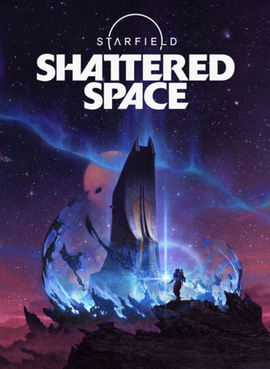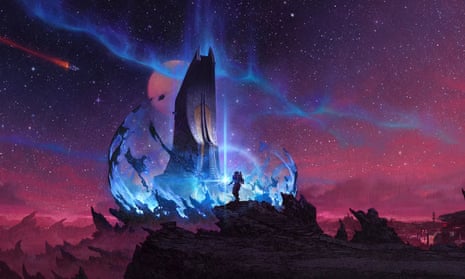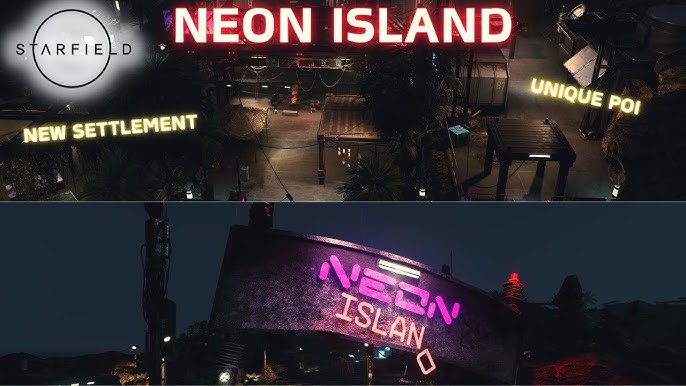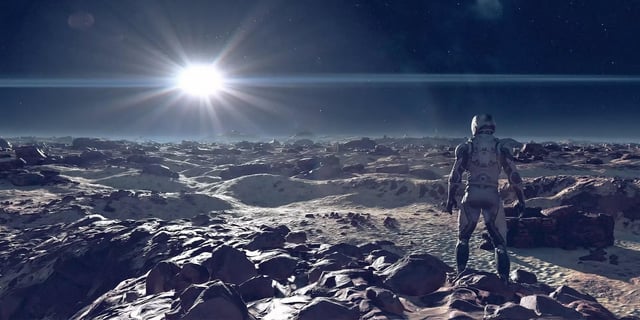Shattered Space: Does Starfield's DLC Address the Procedural Problem?
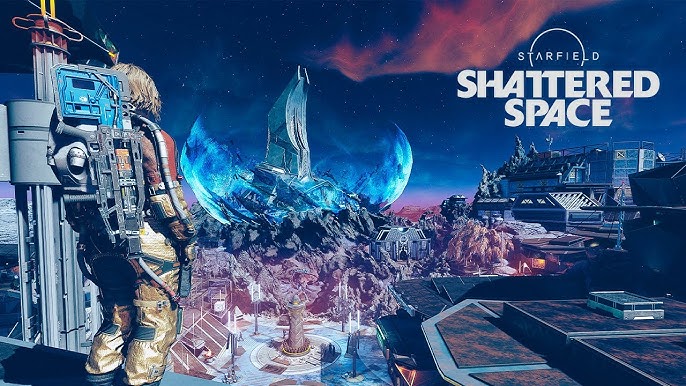
Starfield. Bethesda's grand spacefaring RPG promised us the stars, a vast galaxy ripe for exploration, and a deep, engaging narrative. While it delivered on certain fronts, a significant portion of the player base voiced concerns over the game's reliance on procedural generation, leading to repetitive environments and a feeling of shallow exploration. Now, with the release of the "Shattered Space" DLC, the question on everyone's mind is: does it truly address these criticisms?
This article will delve into "Shattered Space", analyzing its content, contrasting it with the base game's shortcomings, and drawing comparisons to the redemption arc of No Man's Sky. We'll also peek into the thriving modding community and assess whether the DLC offers a compelling reason for disillusioned players to return to the Settled Systems.
The Core Complaint: Procedural Generation and the Illusion of Choice
Before we dive into the DLC, it's crucial to understand the criticisms leveled against the base game. Many players, particularly those active on platforms like r/Starfield and r/StarfieldMods, felt that the procedural generation, while ambitious in scale, ultimately led to a sense of sameness. Planets, despite their different biomes and resources, often felt like variations on a theme. The points of interest (POIs) – mines, research stations, abandoned outposts – quickly became repetitive, consisting of similar layouts and enemy placements.
The core gameplay loop of "go here, scan thing, kill enemy" became tedious for many. The vastness of space felt less like an invitation to explore and more like an endless, unrewarding grind. This is perfectly exemplified by endless copy-pasted caves and pointless resource gathering on lifeless moons. Resource gathering on lifeless moons just to upgrade your Vasco’s armor for the fifth time doesn’t exactly make you feel like Han Solo.
"Shattered Space": A Glimmer of Hope or More of the Same?
"Shattered Space" primarily takes place in and around the city of Dazra, located on a previously unexplored planet. This is where the DLC attempts to set itself apart.
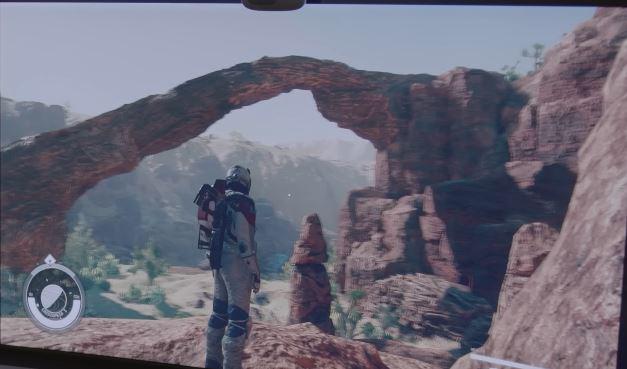
Dazra itself is a visually striking location. The handcrafted design is immediately apparent, with unique architecture, vibrant alien flora integrated into the environment, and a palpable sense of history and culture. The quests within Dazra also seem to offer more narrative depth and choices than the average radiant quest found in the base game. You're dealing with a religious faction, the House Va'ruun, and navigating their complex internal politics, which offers a welcome break from the typical fetch quests.
However, even with these improvements, cracks begin to appear. While Dazra is undoubtedly a visual treat, the overall scope of "Shattered Space" feels somewhat limited. It doesn’t drastically alter the fundamental gameplay loop of Starfield. Dazra and its surrounding areas are the exception, not the rule. And therein lies the problem.
Furthermore, reports are surfacing regarding performance issues within Dazra, particularly on PC. The densely populated areas appear to be quite CPU intensive, leading to stuttering even on high-end systems. This means the benefits of visual fidelity and detail found in the new handcrafted areas are offset by lower FPS, even on systems boasting an RTX 4090 or Ryzen 9 7950X3D.
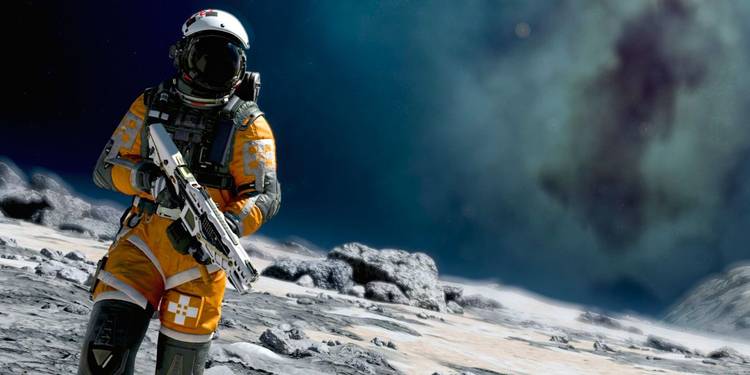
The Modding Community: Filling the Void
The Starfield modding community has been incredibly active since the game's launch, working tirelessly to address the issues that Bethesda has yet to fully tackle. NexusMods is the go-to repository for these community-driven fixes and enhancements.
Mods like the hypothetical "Starfield Enhanced" aim to drastically increase biome diversity, replacing generic POIs with unique, handcrafted locations, and introducing new environmental hazards and wildlife encounters. These mods represent a direct response to the criticisms of the base game, showcasing the community's desire for a more engaging and diverse open-world experience.
Consider the hypothetical sentiment from players: "Mods like 'Planetary Diversity' and 'Realistic Planets' show the community wants to improve the base game, but the DLC needs to step up. Otherwise, I'm sticking with my modded version." Or, "I just hope the new locations in Shattered Space feel as distinct and lived-in as the settlements added by the 'Outpost Overhaul' mod."
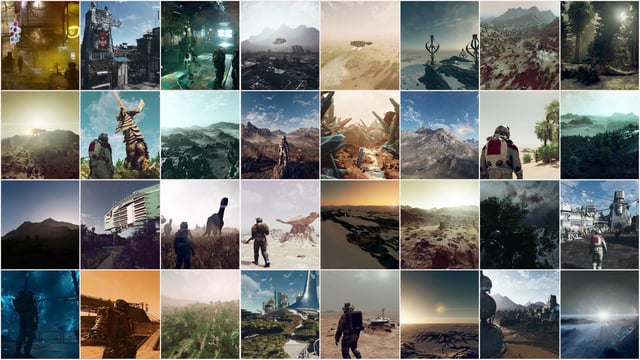
These community efforts highlight the potential for Starfield to evolve into a truly remarkable space exploration RPG, but it also underscores the areas where the official DLC falls short.
Learning from the Past: The No Man's Sky Redemption
No Man's Sky's initial launch was plagued with similar criticisms to Starfield. Procedural generation promised a universe of infinite possibilities, but the reality was a repetitive and shallow experience. The backlash was intense, but Hello Games didn't abandon their creation.
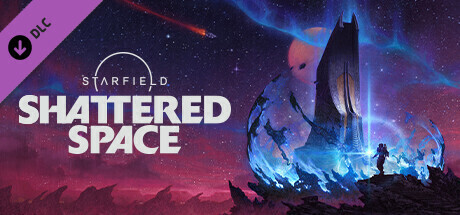
Through consistent updates, most notably the "Next" update, No Man's Sky underwent a complete transformation. Graphics were overhauled, multiplayer was added, and the core gameplay loop was significantly improved. Hello Games listened to the community and addressed their concerns head-on.
The key difference between No Man's Sky and Starfield lies in their approach to procedural generation. No Man's Sky leaned into vibrant, alien landscapes and bizarre creatures, creating a sense of wonder and discovery, even if the underlying systems were repetitive. Starfield, on the other hand, aimed for a more "realistic" aesthetic, which ultimately resulted in less compelling and more homogenous environments.
Starfield can take a lesson from No Man's Sky. Bethesda needs to focus on increasing the diversity and uniqueness of its procedurally generated content, injecting more handcrafted elements into the world, and actively listening to the modding community.
Overall Impact: Is "Shattered Space" Enough?
So, does "Shattered Space" represent a meaningful step forward for Starfield? The answer is… complicated. It undeniably offers a glimpse of what Starfield could be. Dazra is a well-designed and engaging location that showcases Bethesda's ability to create compelling handcrafted content. The quests within the DLC are generally more interesting and less repetitive than those in the base game.
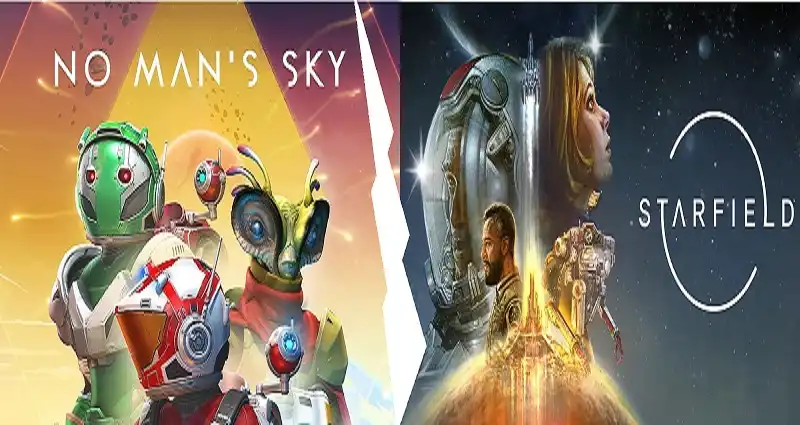
However, "Shattered Space" doesn't fundamentally alter the core Starfield experience. It's a relatively small addition that doesn't address the underlying issues of repetitive procedural generation across the vast majority of the game's planets.
For PC gamers who were disappointed with the base game, "Shattered Space" might not be enough to win them back. It's a step in the right direction, but it's not the complete overhaul that many were hoping for. Whether it's worth the price depends on your tolerance for the base game's shortcomings. If you're primarily interested in handcrafted content and are willing to overlook the broader issues, then "Shattered Space" might be worth checking out.
However, for those who are deeply frustrated with the repetitive nature of exploration and the lack of environmental diversity, waiting for more substantial updates or relying on community-driven content through mods might be the better option. The modding community shows a clear path forward; Bethesda just needs to follow it. The potential is there, but "Shattered Space" alone doesn't quite reach the stars.
